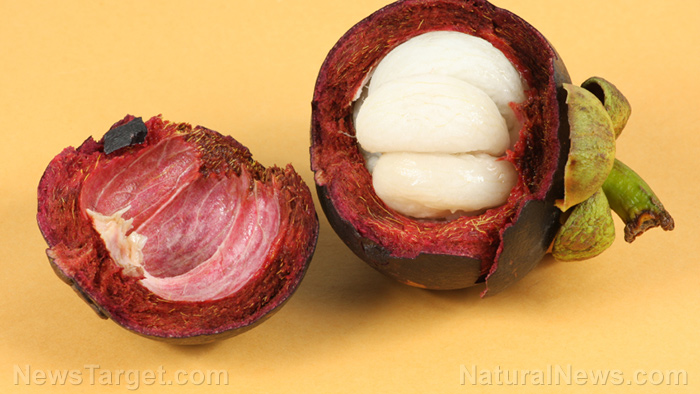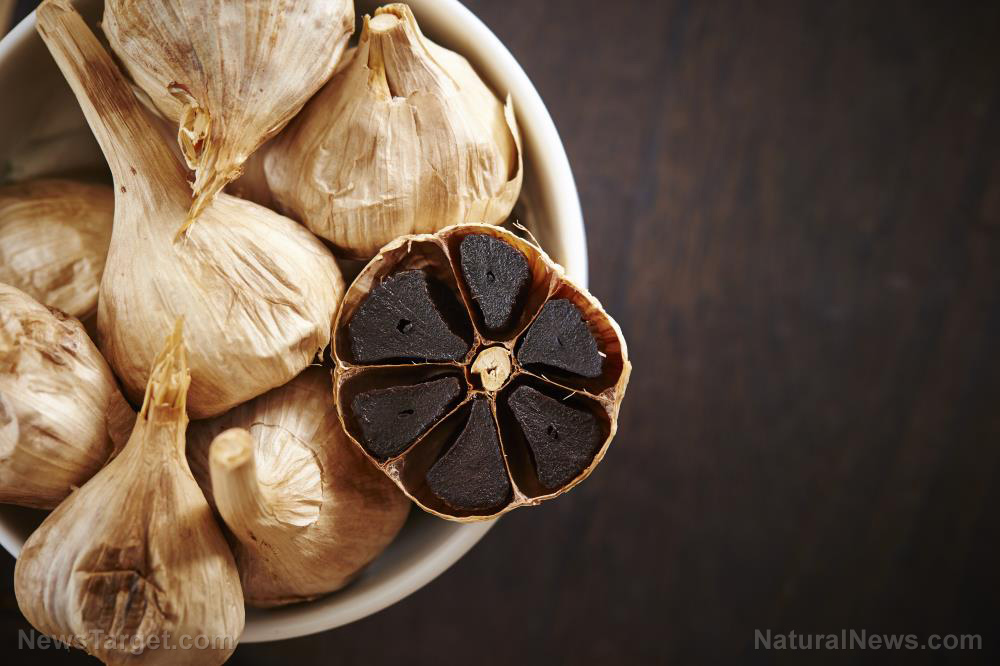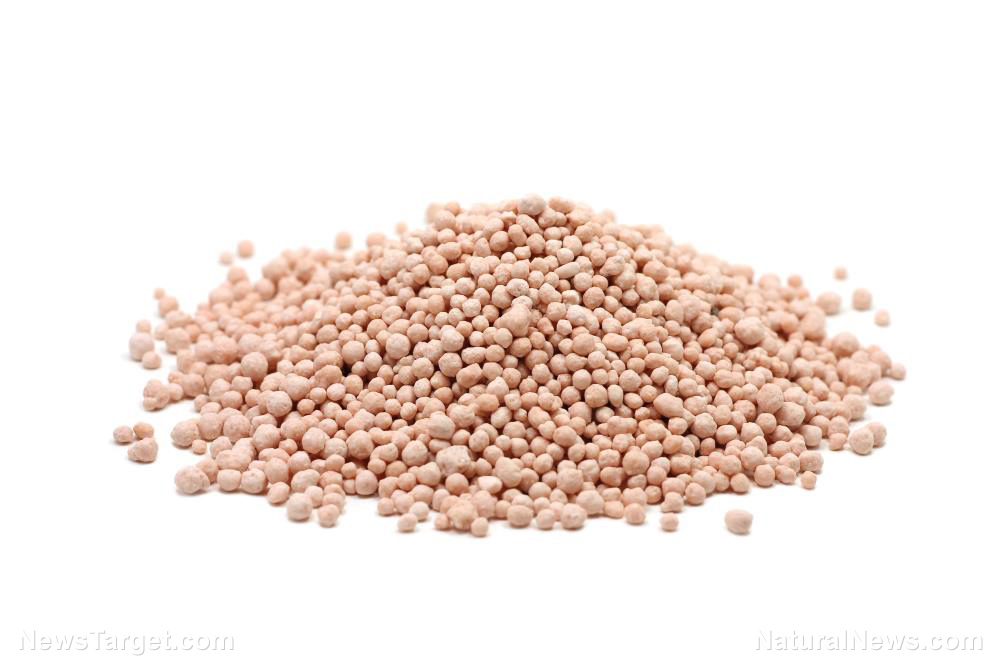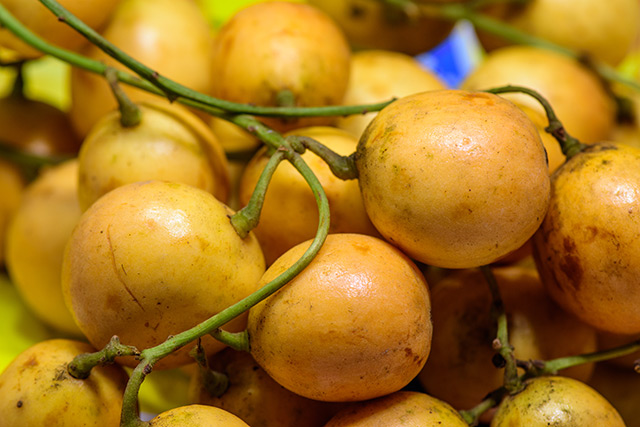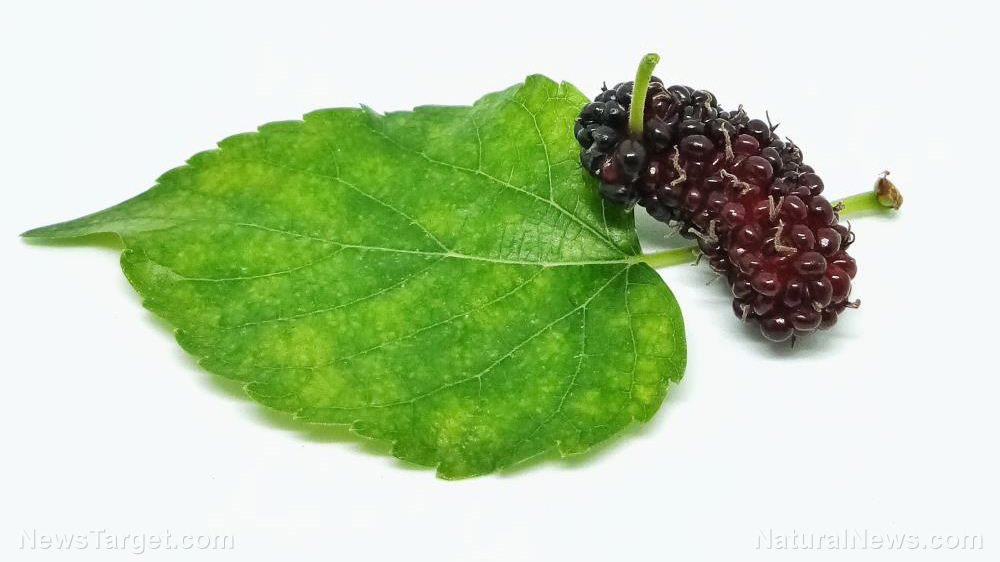Natural, inexpensive AND more effective: Phosphate rock confirmed to be an effective fertilizer for acidic soils
03/18/2018 / By Frances Bloomfield

In western Kenya, the main economic activity is farming. This has, however, become increasingly difficult an endeavor in recent years due to deplorable soil conditions and pricey traditional fertilizers. Triple superphosphate (TSP), one of the most popular and widely used fertilizers, has to be imported from Moroccan mines, making it far too expensive for west Kenyan farmers. Researchers from the University of Illinois at Urbana-Champaign have uncovered a cheaper and more efficient TSP alternative in phosphate rock.
In collaboration with the University of California, Davis and Nairobi’s International Center for Tropical Agriculture (CIAT), the investigative team compared the two fertilizers in a long-term field trial. Fields that rotated between corn and beans were enriched with TSP or phosphate rock; others were given no additional fertilizer. Soil samples were collected by the end of 13 cropping seasons. This was done to gauge the amount of phosphorus that was available to crops and the percentage that had bound to iron. Additionally, the researchers made it a point to measure how much phosphorus was in soil microbial communities.
Although the levels of crop-available phosphorus were equal between TSP and phosphate rock, they greatly differed in other factors. When comparing them in terms of iron-bound phosphorus, the fields that were fertilized with TSP had greater amounts, by 33 percent. This meant that less phosphorus was readily available for crops.
Moreover, the phosphate rock-fertilized plots had 299 percent more phosphorus in their microbial communities. The researchers explained that, as a slow-release fertilizer, phosphate rock made it harder for soil microbes and plants to absorb all the phosphorus. What wasn’t taken in would remain in the soil minerals for extended periods of time.
A companion study further proved the efficacy of phosphate rock. For that study, the researchers examined the yield effects of the two fertilizers. Phosphate rock equaled and even outmatched TSP in some cases, facts that the researchers attributed to phosphate rock’s numerous beneficial properties. Not only can this material reduce soil acidity, but it can also deliver additional nutrients into the soil — nutrients like magnesium and calcium, both of which are essential for healthy plants. (Related: 10 Great Uses for Epsom Salt in the Garden.)
As such, the researchers believe that phosphate is a better fertilizer than TSP.
In addition to their remarkably positive findings, other qualities make phosphate a great alternative. For one, the phosphate rock used for the study was obtained from the Minjingu mines in Tanzania. This eastern African sovereign state is about 1,000 km away from Kenya, or roughly 17 hours away by car. Morocco, on the other hand, is at least 9,000 km away — a fair distance from Kenya, which is the equivalent of a 129-hour car ride. This makes phosphate rock more economically viable.
“It’s often not possible for farmers to afford the amount of phosphorus that’s recommended if you buy it in the form of imported TSP,” elaborated Andrew Margenot, the lead author of the study. “Plus, the iron in these soils combined with the low pH will bind up and immobilize the phosphorus in TSP. So you just wasted a pretty expensive investment.”
Margenot added that phosphate rock was suitable for acid soils. “It’s the same mineral that our teeth and bones are made out of — calcium phosphate. For the same reason that acidic soda degrades your teeth, phosphate rock will dissolve best and be most useful as a fertilizer in low pH soils,” he stated.
Between the two, Margenot noted that there was simply no contest: “Phosphate rock matches or slightly outperforms triple superphosphate if you’re looking at traditional agronomic assessments of soil phosphorus. But if you look at the benefits in terms of soil biology and health, phosphate rock skyrockets ahead of TSP.”
Visit FoodSupply.news to read up on more food-related breakthroughs and innovations.
Sources include:
Tagged Under: agriculture, farming, fertilizer, Fertilizers, food supply, gardening, green farming, natural solutions are better, permaculture, phosphate rock, Plants, soil health





